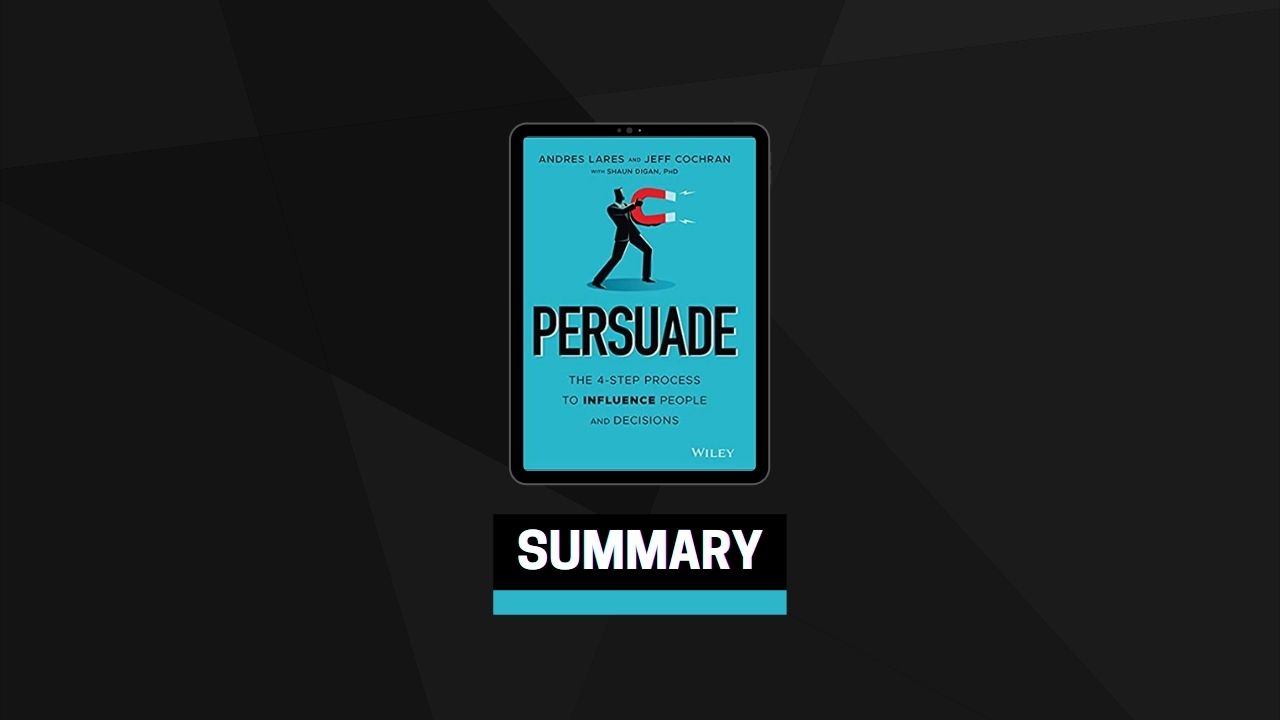Ethics of Influencing
The five tenets of the Ethical Principles of Psychology is a simple method you could use to determine the ethical use of the concepts covered in this book:
Beneficence: Approach influence and persuasion with the intent to benefit others and do no harm. To do this, you must be alert to the wants and needs of others and balance these against your own motives and self-interest.
Responsibility: Your obligation to be loyal and faithful and do what you say. You must hold your end of any agreement and accept your own responsibility for the outcomes.
Integrity: Your dedication to use accuracy, honesty, and truthfulness in your pitches and arguments. You should not lie, use fraud, or deceive to elicit self-serving interests, and you should strive to correct any misconceptions that lead to mistrust.
Justice: The sense of fairness behind your outcome or intended outcome. In your attempts to influence and persuade, you should be looking for the win-win, where everyone benefits and there is no loser.
Respect: People have the right to privacy, confidentiality, and to their own self-determination. This means not taking advantage of people and allowing them to come to their decision without being manipulative or forceful.
Step 1: Building Credibility
Establishing credibility occurs along two primary fronts: building a trusting relationship with the person with whom you are building credibility and showing the knowledge and expertise behind your ideas and proposals.
Building Trust: Remember to use the trust equation. Trust is the connection, value, and reliability in a relationship, balanced by one’s self-interest. Build trust by being honest, trustworthy, and likeable and through finding similarities. People trust people they are similar to and like. Make promises and keep them, and do not make promises you cannot keep.
Establishing Expertise: You must be credible as a person, and your ideas must be credible. You can show the credibility of your ideas by establishing your knowledge and expertise. Do this by identifying and claiming your expertise, showing you know what you are talking about and working to develop social credibility.
Borrow Credibility: Borrow credibility to increase your own credibility more quickly. Many ways exist to borrow credibility, including borrowing credibility through your brand story and through associations, partnering with experts, and showcasing your achievements and recognition.
Show Vulnerability: Showing vulnerability signals to people you trust them. It shows a willingness to trust, which makes the other party more willing to trust you. Consider making statements against self-interest, sharing weaknesses, or asking for help. These tactics display honesty, willingness to cooperate, and selflessness.
Become a Trusted Advisor: Finally, work to earn the elusive status of a Trusted Advisor. You can do this by building a connection, a relationship, understanding the other person’s wants and needs, and by generously sharing your knowledge and providing value.
Step 2: Engaging Emotions
The primary emotions associated with influencing are:
Achievement: The need to win or to obtain something you do not have is a strong motivator. To draw on the need for achievement, focus on eliciting emotions associated with satisfaction, interest, and joy.
Fear: The need to avoid negative consequences, or emotions associated with fear, is one of the strongest drivers of decision making. Make attempts to assuage fears or focus on eliciting emotions associated with relief and the elimination of fear.
Obligation: Humans also have an innate need for fairness; thus, obligation and the need for reciprocity drive many decisions. To harness the power of obligation, draw on the feelings of admiration and satisfaction.
Manage Your Emotions: Enhance your emotional intelligence by learning to assess yourself, manage your emotions, practice empathy, and manage the influence of emotions on decisions. Remember to label your emotions, take a break if you need to, be aware of other people’s emotions, and consider keeping a journal of the emotions you feel.
Tell Relevant Stories: Incorporate storytelling into conversation to engage emotion throughout the influencing process. Though facts and figures are easily forgotten, you are more likely to remember a good story. Remember, for a story to be powerful, it must be relevant to your listeners and capture their attention.
Script: Write everything you want to say. Take some time away to review it with a fresh mind. Then practice, practice, practice. Go through it in your mind reading it or, better yet, saying it out loud. And solicit feedback. Consider asking someone else to review your script or listen to your pitch.
Mirror Others: Learn to get comfortable mirroring body language and other forms of nonverbal communication to build rapport, increase liking, and engage emotions. You can even use mirroring to change the body language of others. Copy subtle physical or verbal cues from the other party. Then redirect the other party using your own cues. But remember, mirroring that feels forced or unnatural may do more harm than good.
Step 3: Demonstrating Logic
The key components of demonstrating logic include the following:
Communicating Natural and Logical Consequences: The first step in demonstrating logic is communicating the natural and logical consequences of your proposed decision. Remember to use the If/When-Then-Because formula: If and when something happens- then something is expected- because of some set of natural or logical consequences.
Offering Social Proof: You can use social proof to strengthen the logic of your proposed solution. Whether the evidence is from the masses, from your peers, or from thought leaders and people you look up to, offering social proof offers credence to your “because” statement.
Offering Documented Proof: Another way you can strengthen the logic of your proposal is by offering documented proof. Documented proof could include affiliations, certifications, and awards. It could include market research, test results, statistical analysis, white papers, or case studies.
Frame: Context matters. Approach decision making with the framing effect in mind. Remember, when framing your arguments, people are risk averse and will give up a lot more to avoid losses than they will to seek potential gains. Also, the more vivid something is, the easier people will understand it, which is why metaphors are so powerful when used correctly.
Anchor: Whenever possible, take the initiative to set the first anchor. However, make sure to do your research and set the anchor within (or close to) each party’s bargaining range. If the other party does set the anchor first, especially if the anchor is outside of the bargaining range, you may need to diffuse the anchor, provide more information, and offer a well-informed counter anchor.
Benefits Not Features: Avoid describing your solution by its features. Rather, focus on the advantages and benefits, the things the other party cares about.
Step 4: Facilitating Action
The key components of facilitating action include the following:
The Closing Process: Closing can be broken down into five key steps:
- Lay the groundwork.
- Understand possible outcomes.
- Overcome any objections.
- Create a sense of urgency.
Soft Closes: Although not exactly closes, soft closes ask low-impact (preferably open-ended) questions to gather information, understand and overcome objections, and let you know where you are in the closing process.
Hard Closes: At some point, you have to ask. Hard closes directly or indirectly ask for a decision. Many direct and indirect ways exist to ask for a close, including summary closes, direct closes, and assumptive closes. Just remember, if you can create a sense of urgency with any of these closes, you will be even more likely to get to a yes.
Get the Small Yes: Get the other party into an agreement mindset by eliciting yesses. Start with questions for which you know the answer will be a yes. Then lead the questions closer to the relevance of your pitch and close.
Provide Options: People want to make their own decisions and feel in control. Providing choices, or at least the illusion of choice, is another great facilitator of action. We recommend three to five choices to be ideal, with the middle option the default (i.e., the one you most want them to choose).
Create a Safety Net: Reduce the risk behind a decision by providing a safety net. Consider how you can add safety nets, such as guarantees, warranties, and opt-out clauses to your next pitch. By creating a safety net, you will reduce the chances of buyer’s remorse, which may sour the trust in the relationship.


